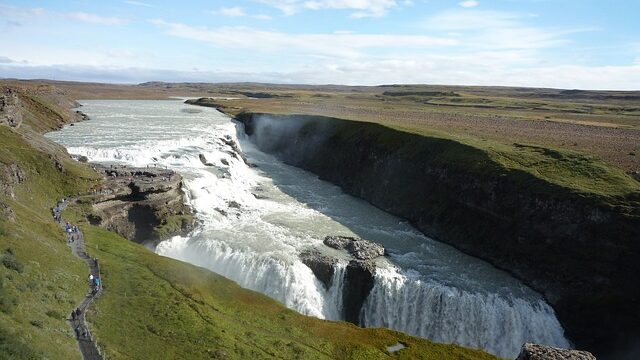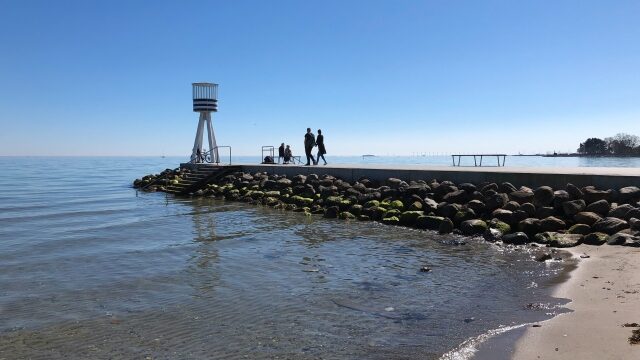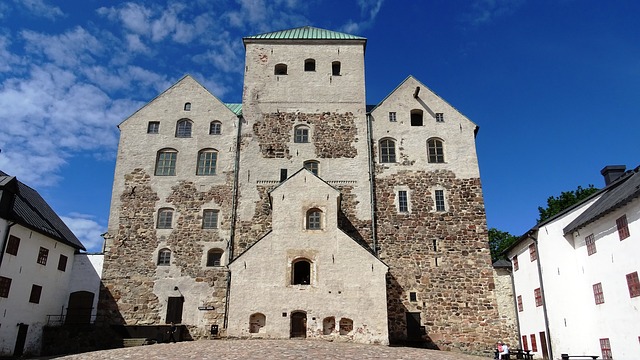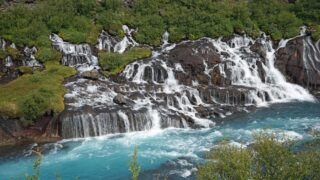Located in the Atlantic Ocean, Iceland is a Nordic island nation located at such a high latitude that part of the country falls within the Arctic Circle.
The climate is relatively mild due to geothermal heat from volcanic activity and warm currents, but winters can still be quite severe.
In order to live comfortably in such an environment, houses called Laufás have been built in Iceland since ancient times.
In this article, I would like to explain the features and functions of Laufás, which is a traditional Icelandic house.
What is Laufás?

In the cold climate of Iceland, traditional houses known as Laufás have long served as people’s homes.
Laufás can be found along the Eyjafjörður coast in northwestern Iceland.
The main architectural feature of Laufás is a roof covered with grass.
The houses covered with green-grown roofs have a lovely appearance that looks as if they could appear in a fairy tale.
They look somewhat similar to thatched-roof houses, which are traditional Japanese houses.
The structure of the house begins with the bark of a birch or other tree native to Scandinavia, which is used as the foundation for the roof.
Then, soil is covered over the bark and a lawn is planted. In Iceland, where the temperature is low to begin with, it is difficult to grow tall trees, and it is not easy to secure timber for building.
For this reason, they used grass and moss, which are relatively cold-resistant, as building materials.
The insulating effect of Laufás
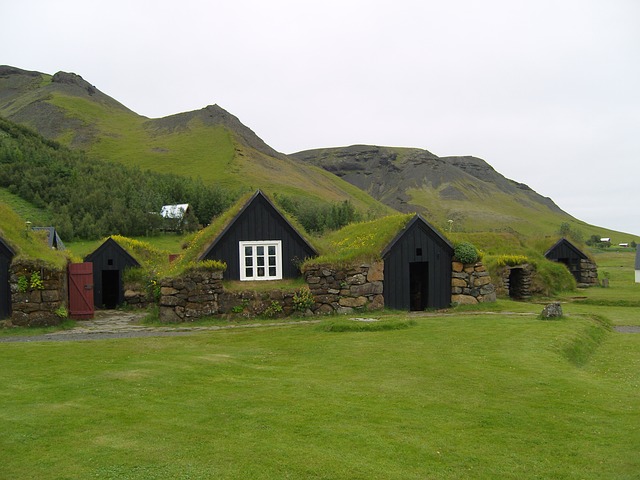
Laufás is a fusion of dwelling and nature, and it has a lovely appearance that looks like it’s straight out of a fantasy world.
Although the idyllic appearance of Laufás tends to attract the eye, it is also filled with wisdom for surviving in the cold of Scandinavia.
The grass and soil on the roof of Laufás actually function as natural heat insulators.
The thick grass and soil act as a heat insulator, keeping the house warm in winter.
In addition, the transpiration action of the plants allows heat to escape, keeping the house cool and comfortable in the summer.
In short, Laufás lawn roofs are not only beautifully designed, but also practical, providing natural insulation for the houses in Iceland’s harsh climate.
Can be visited at the Skógar Folk Museum
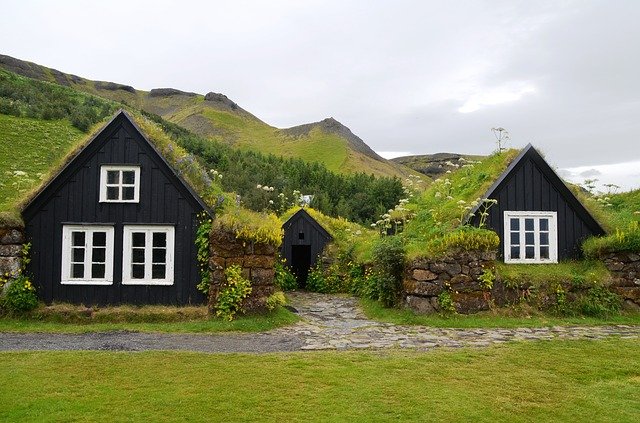
Today in Iceland, modern houses made of reinforced concrete are common, and new Laufás are not being built.
Nevertheless, Laufás is of great historical value as a traditional house that offers a glimpse into the lifestyle of the Icelandic people of that time.
Laufás is now a tourist attraction in Iceland.
For example, in the town of Skógar in southern Iceland, there is an open-air museum called the Skógar Folk Museum.
In this museum, Laufás is still on display as it was in the past.
Skógar is located about 150 km southeast of Reykjavík, the capital of Iceland, and it is about a two to three hour drive.
Therefore, visitors can easily enjoy Laufás at the museum in Skógar without having to travel to the distant Eyjafjörds coast.
Conclusion
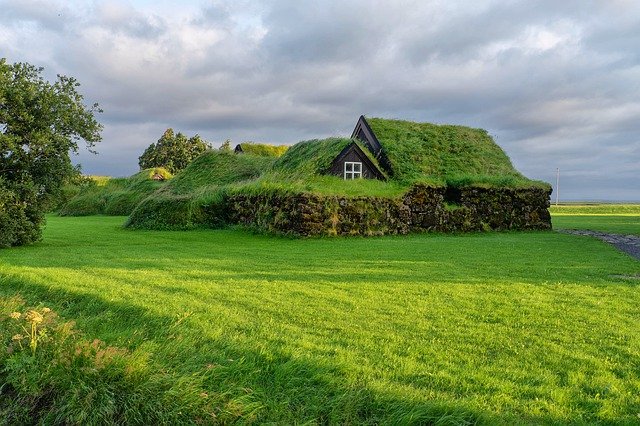
Laufás is a traditional Icelandic house that is characterized by its roof covered with grass for insulation.
The grass makes the house comfortable in both summer and winter, making it a very practical residence.
Although Laufás is no longer being built today, it can still be seen along the Eyjafjörður coast in northwestern Iceland or at the Skógar Folk Museum in the south.

